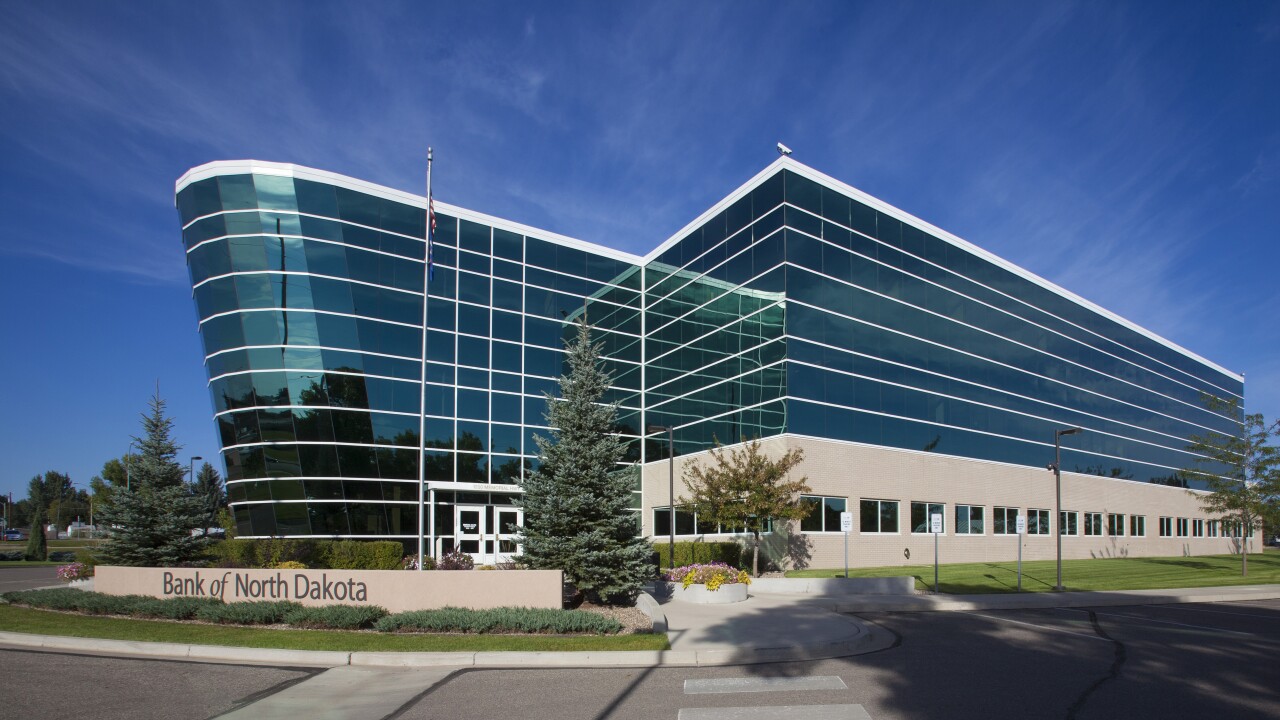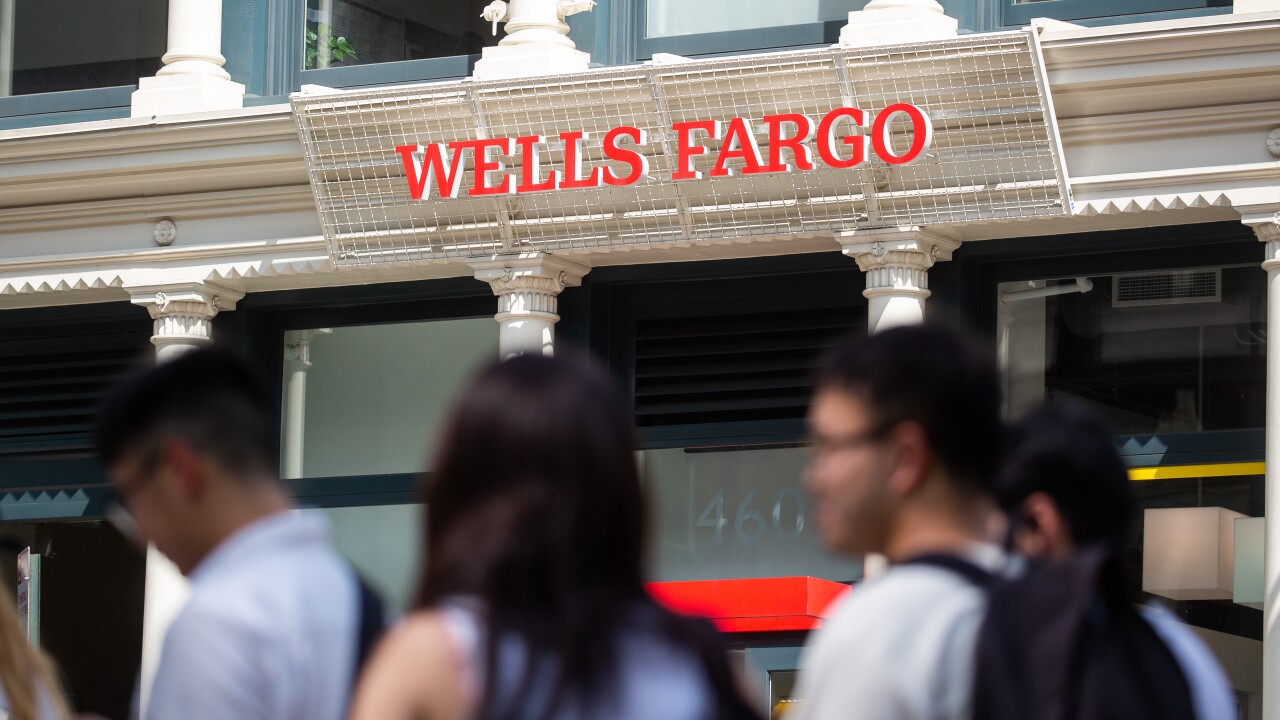In the past, card issuers could lure new customers by offering a low promotional rate. But regulations in the wake of the financial crisis don't allow rate adjustments, and issuers also can't increase credit lines as they did in the past.
With those two marketing techniques lost to history, the pitch has much more to do with rewards, stronger card branding and promotional presentation, new research from Auriemma Consulting Group suggests.
And some of these new ideas are working.

Forty-two percent of 800 adult U.S. cardholders responding to an Auriemma survey conducted two months ago have opened a general-purpose or store credit card in the past two years, with many of them doing so in the past six months.
Nearly half of that group said they were actively looking for a new card and had researched two or more cards before deciding. Ultimately, 77% of the new cards issued to consumers are rewards cards.
Past Auriemma research has indicated that, while cash back remains a popular reward, consumers are increasingly interested in cards in which they could
In addition, there is no lack of new rewards programs being offered, such as the multi-merchant
This sort of activity is good news for issuers that are keenly aware of not only the interest level in credit cards, but also the amount of time consumers are putting into finding what they consider to be the best card, said Jaclyn Holmes, director of payments insights for Auriemma.
"One way issuers are grabbing attention is by revamping their materials, and making sure their branding is up-to-date," Holmes said. "Mastercard is a great example. They didn’t abandon their logo design, which has decades of brand recognition, but they needed to revamp to give it a fresh feel, and their new logo has been very well-received."
Other issuers are experimenting with bigger typeface on envelopes and incorporating graphics to grab the consumer’s attention, Holmes added.
Those changes carry some weight, considering that 27% of those not actively seeking a new card said they were most often prompted to apply for one after receiving an offer in the mail. Only 16% cited e-mail offers as a catalyst for applying for a card, though the response to e-mail was higher at 21% among college graduates earning $75,000 a year or more.
"Issuers have better targeting and data about their prospects now as well," Holmes said. "They’re better able to tailor the incentive to an offer that would be meaningful to their customer base."
Consumers turn to card comparison sites as a key source of information, as well as a bank's website, family, friends and colleagues.
But once they are convinced to apply for a new card, that task more often takes place online. Gen X cardholders, at 58%, are the most likely to apply directly on a bank's website, with millennials at 48% and Baby Boomers at 42%. Still, 62% of all respondents felt that applying in person at a bank or store was safer than applying online.
"As an industry, we aim to keep up with technological advancements by providing ways to conduct banking on the go, or developing a more seamless omnichannel experience," Holmes said. "But we sometimes forget that many consumers still prefer to engage through more traditional channels, because they’re familiar and provide a sense of security."
In knowing that, banks have become more clever with the envelopes used in standard mailings.
"I think it’s as much about the envelope as it is the mail piece itself," Holmes added. "Outer envelopes are now displaying the acquisition offer, which is the biggest motivator among those who are not looking for a new card."
While some cardholders put in a lot of time in researching the options available, there's another group that tends to operate a bit more on impulse and is "going to take an offer, if it is good enough," Holmes said.
Nearly half of the respondents who had acquired both a general-purpose card and a store-brand card in the past two years said they planned on acquiring another card in the next 18 months.
"Those people are just waiting for the best offer to arrive," Holmes said.





